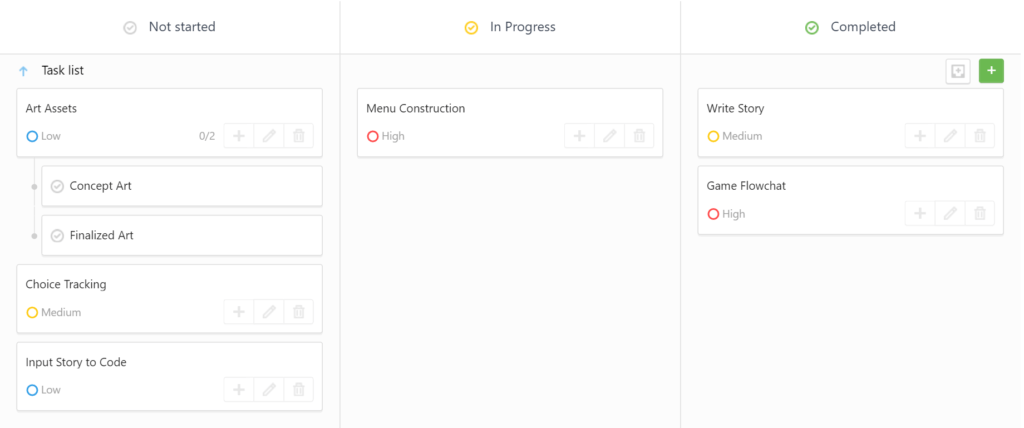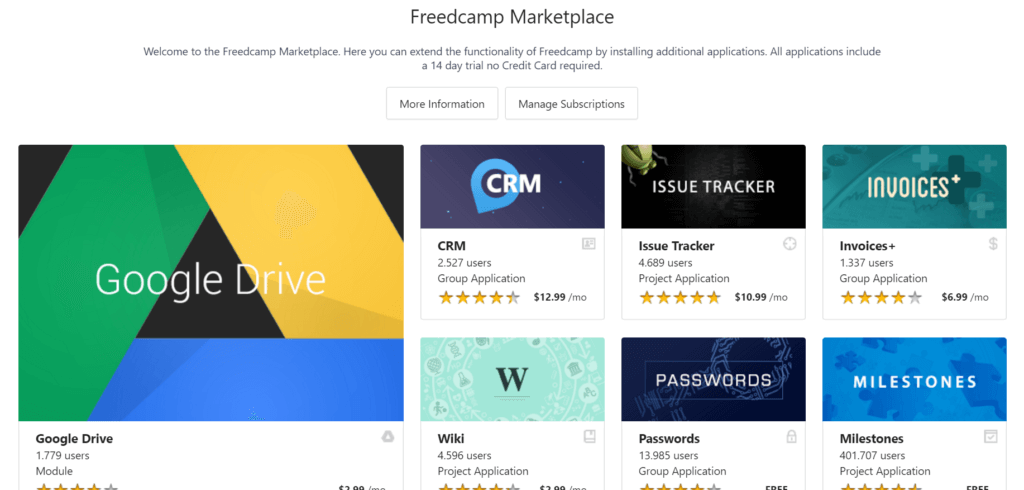Freedcamp Review
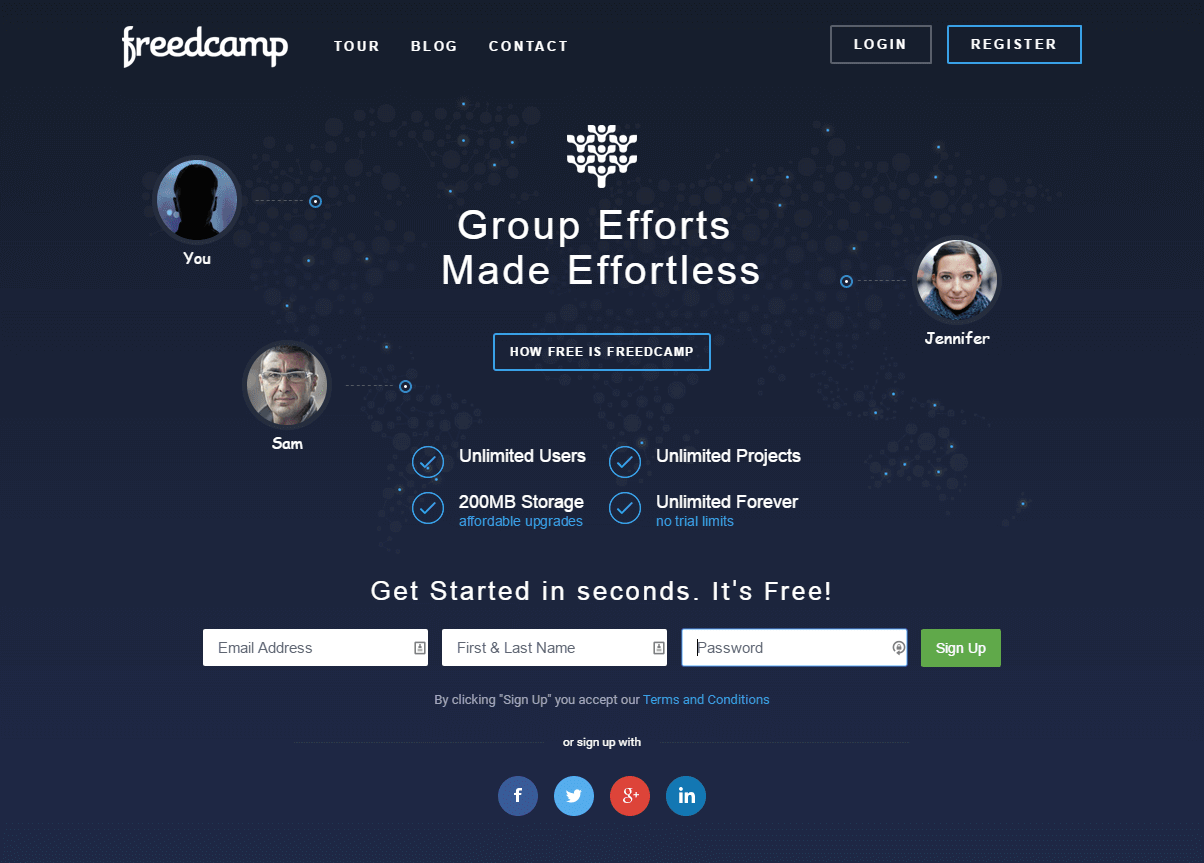
Freedcamp is a web-based project management tool and organization system for single or multiple users collaborating using cloud computing. The company was launched in 2010 in Santa Barbara, California. Freedcamp is free for unlimited number of users and projects. Users are provided a number of basic applications on initial sign-up and can add additional applications later on. The core applications allow users to assign tasks to people, set milestones, schedule events on a calendar, use discussion boards, and track time spent on tasks. Freedcamp's free apps include: To-Do's – Shared task lists Discussions – Forum boards File Storage – Advanced file management Milestones – Deadline setting Calendar – Event scheduling Time – Time tracking Password Manager – Securely storing passwords Tasky – Private task list
Price: $0.00
I’m a productivity app junkie. I’ll give any to-do list or time management software a good try to see if it will really help me get more done in a shorter amount of time. Freedcamp certainly met that requirement and is one of my favorite project management tools that I’ve tried over the years. The sheer amount of flexibility available - both in how you can organize and in how much you pay - for Freedcamp users is what makes it unique.
Whereas other apps or sites might lock you into a certain type of organization style, Freedcamp allows you to switch between lists and Kanban style boards whenever you want. This way if you set up a project as a list but later find it more suited to a board, you can just swap it with one click! Personally I’m a fan of the Kanban board set up because it’s easier to see what’s currently in progress and what still hasn’t been started yet.
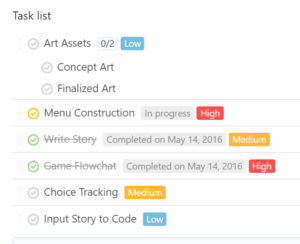 Once you start a project you want to manage, handling individual tasks is a breeze. You can create a task and assign it to anyone you have working on the project (including yourself), set a due date, set a priority level, and even add subtasks to be checked off. You can also attach files to tasks so that you can quickly access the relevant documents, ensuring you spend less time doing “management” and more time getting stuff done.
Once you start a project you want to manage, handling individual tasks is a breeze. You can create a task and assign it to anyone you have working on the project (including yourself), set a due date, set a priority level, and even add subtasks to be checked off. You can also attach files to tasks so that you can quickly access the relevant documents, ensuring you spend less time doing “management” and more time getting stuff done.
Besides just seeing what tasks are needed, your project dashboard also has a tab for a Calendar where you can see any due dates and schedule events for a project. This would be especially handy for group projects to keep everyone on track of when different tasks must be finished or even to schedule group meetings. There’s also a tab for Discussions on the project. If you and your teammates work remotely or are traveling, this would be an invaluable area to talk about specifics.
This might seem pretty bare-bones. Some people, though, only need a visually elegant space with not too much feature-bloat to get their project organized. However if you do find you need more features then Freedcamp still has you covered. There’s a whole market full of different apps you can add to your account. Many of them are free whereas others you have to pay per month for access.
This is one of my favorite things about Freedcamp. Often times you might find a project management app that has subscription tiers, but what if you only want one or two of the features you get access to? It hardly seems worth paying the extra sometimes. With Freedcamp though you only pay for the features you use. Don’t need or want to add invoicing integration to your project boards? Don’t pay for it! Maybe you want to add an issue tracker so that people can submit problems that get added to your project board automatically? There’s a paid app for that! Another reason I like this is that it provides a way for Freedcamp to add new features easily and without disrupting users’ workflow. If you don’t need a feature, you just don’t install it and continue using the more bare-bones approach.
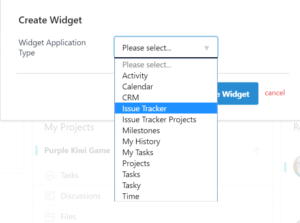 You can also see these apps in your notification dashboard. When you look at your notification dashboard, you can quickly see what projects you’re working on and any tasks assigned to you. You can then also add other widgets to your dashboard based on what apps are available on your projects. One I’ve found particularly useful is the Time app that lets you track how much work you’ve completed on tasks and projects. I can see if I’m spending too much time on a Low Priority task and make adjustments to my work habits.
You can also see these apps in your notification dashboard. When you look at your notification dashboard, you can quickly see what projects you’re working on and any tasks assigned to you. You can then also add other widgets to your dashboard based on what apps are available on your projects. One I’ve found particularly useful is the Time app that lets you track how much work you’ve completed on tasks and projects. I can see if I’m spending too much time on a Low Priority task and make adjustments to my work habits.
Because of the flexibility, I’d recommend Freedcamp to a large range of users from freelancers up to medium-sized businesses. Since you only pay for what you need to use, you can mix and match various features from the marketplace to suit your projects and business’ needs. Whereas many project management apps feel like too much space and too many features for me as a freelancer, the wonderfully minimalist starting point that Freedcamp offers is perfect.
